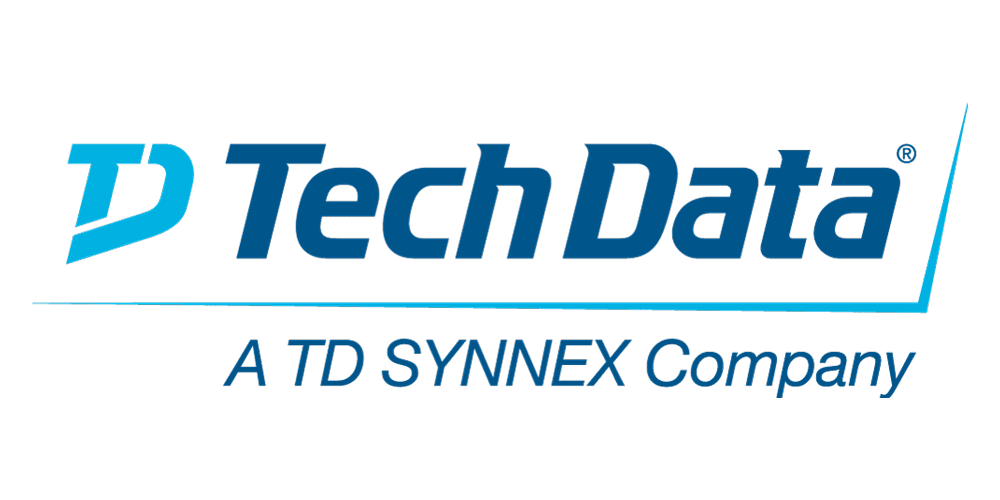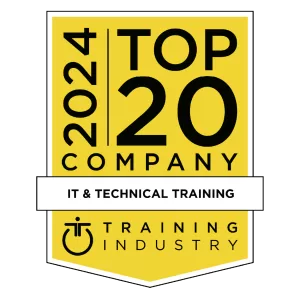This course will help you to better understand the techniques of performance analysis and capacity planning on systems and partitions running IBM i and develop an appreciation of how IBM i operates and interfaces with applications. This course is expected to build skills to better manage performance and capacity on systems and partitions running IBM i.
The course explains IBM i concepts, including the Technology Independent Machine Interface (TIMI), main storage pools, auxiliary storage pools, management of jobs, threads, and tasks, job run-time structure, performance monitoring, data collection, and analysis of performance data.
This course includes hands-on activities using performance data from IBM i systems to help the student appreciate the concepts discussed. This course is designed for those running Power Systems on IBM i. While it includes i 7.2 content, it is suitable for those currently using prior versions of IBM i.
The first part of this course (units 1-6) focus on teaching the performance management process, the performance considerations of key hardware components and virtualization options, and tuning options to help optimize performance. During these lectures, students should gain an appreciation of the unique storage management and work management components in the IBM i architecture and how these components need to be managed for optimal performance.
The second part of this course focuses on the tools and techniques to monitor, analyze, and plan for performance of Power Systems with IBM i and Logical partitions (LPARs).
The primary analysis tool that will be used is the Performance Data Investigator (PDI) which is included with IBM Navigator for i. PDI is also used with IBM Systems Workload Estimator (WLE) for capacity planning activities.







